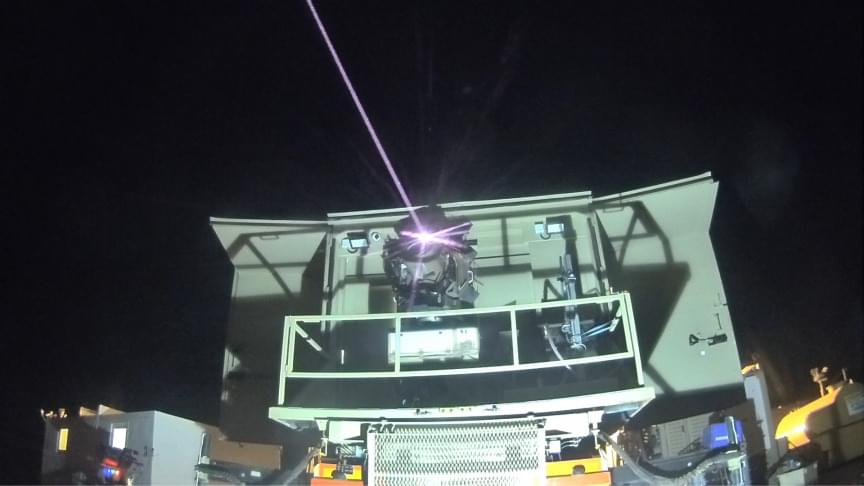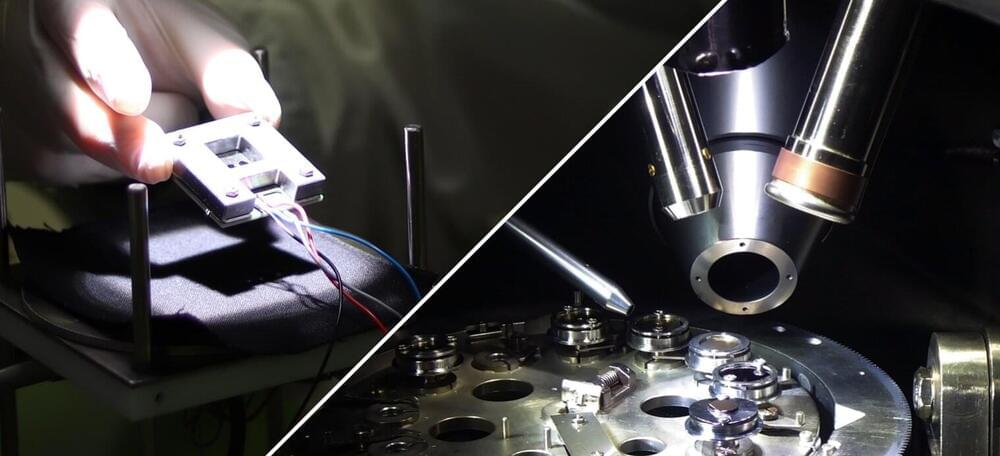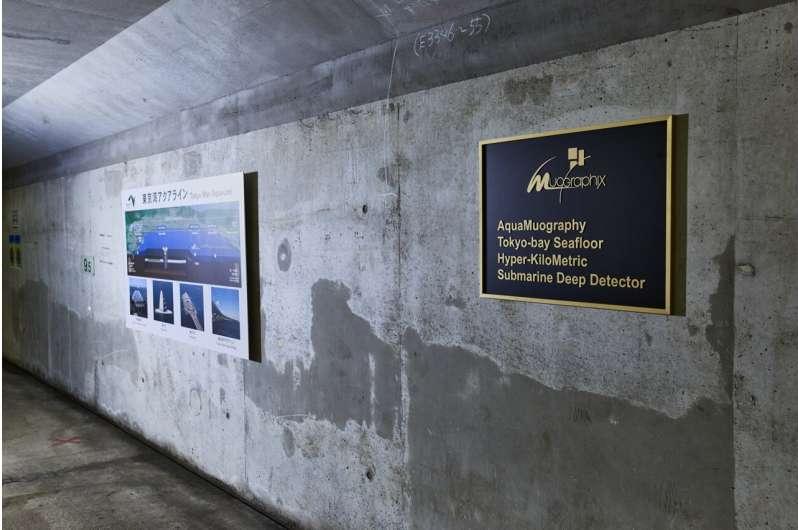From oranges to chillis, figs to dragon fruits, and mangoes to kale, Bindu’s 800 sq-ft terrace is teeming with organic goodness.






A German research team has developed a tandem solar cell that reaches 24 percent efficiency—measured according to the fraction of photons converted into electricity (i.e., electrons). This sets a new world record as the highest efficiency achieved so far with this combination of organic and perovskite-based absorbers. The solar cell was developed by Professor Dr. Thomas Riedl’s group at the University of Wuppertal together with researchers from the Institute of Physical Chemistry at the University of Cologne and other project partners from the Universities of Potsdam and Tübingen as well as the Helmholtz-Zentrum Berlin and the Max-Planck-Institut für Eisenforschng in Düsseldorf. The results have been published in Nature under the title “Perovskite–organic tandem solar cells with indium oxide interconnect.”
Conventional solar cell technologies are predominantly based on the semiconductor silicon and are now considered to be “as good as it gets.” Significant improvements in their efficiency—i.e., more watts of electrical power per watt of solar radiation collected—can hardly be expected. That makes it all the more necessary to develop new solar technologies that can make a decisive contribution to the energy transition. Two such alternative absorber materials have been combined in this work. Here, organic semiconductors were used, which are carbon-based compounds that can conduct electricity under certain conditions. These were paired with a perovskite, based on a lead-halogen compound, with excellent semiconducting properties. Both of these technologies require significantly less material and energy for their production compared to conventional silicon cells, making it possible to make solar cells even more sustainable.
As sunlight consists of different spectral components, i.e., colors, efficient solar cells have to convert as much of this sunlight as possible into electricity. This can be achieved with so-called tandem cells, in which different semiconductor materials are combined in the solar cell, each of which absorbs different ranges of the solar spectrum. In the current study the organic semiconductors were used for the ultraviolet and visible parts of the light, while the perovskite can efficiently absorb in the near-infrared. Similar combinations of materials have already been explored in the past, but now the research team succeeded in significantly increasing their performance.


By Ingemar Patrick Linden
A philosopher refutes our culturally embedded acceptance of death, arguing instead for the desirability of anti-aging science and radical life extension.
Ingemar Patrick Linden’s central claim is that death is evil. In this first comprehensive refutation of the most common arguments in favor of human mortality, he writes passionately in favor of antiaging science and radical life extension. We may be on the cusp of a new human condition where scientists seek to break through the arbitrarily set age limit of human existence to address aging as an illness that can be cured. The book, however, is not about the science and technology of life extension but whether we should want more life. For Linden, the answer is a loud and clear “yes.”
The acceptance of death is deeply embedded in our culture. Linden examines the views of major philosophical voices of the past, whom he calls “death’s ardent advocates.” These include the Buddha, Socrates, Plato, Lucretius, and Montaigne. All have taught what he calls “the Wise View,” namely, that we should not fear death. After setting out his case against death, Linden systematically examines each of the accepted arguments for death—that aging and death are natural, that death is harmless, that life is overrated, that living longer would be boring, and that death saves us from overpopulation. He concludes with a “dialogue concerning the badness of human mortality.” Though Linden acknowledges that The Case Against Death is a negative polemic, he also defends it as optimistic, in that the badness of death is a function of the goodness of life.

To fully embrace the benefits of quantum computing in the future, we need to focus on education and workforce development and become quantum-ready today.
The 13-year-old daughter of a friend visiting my workplace — the IBM Research lab in Zurich — seemed puzzled. She knew I worked in a research lab and I that work with computers, but the computers she knows don’t typically resemble the chandelier-like structure that hung from the ceiling in front of us.
Yet, it is a computer – a quantum computer. And while someone in their early teens right now can be excused for not knowing what a quantum computer is, I would very much like that to change.

Highly energetic particles called muons are ever present in the atmosphere and pass through even massive objects with ease. Sensitive detectors installed along the Tokyo Bay tunnel measure muons passing through the sea above them. This allows for changes in the volume of water above the tunnel to be calculated. For the first time, this method was used to accurately detect a mild tsunami following a typhoon in 2021.
In the time it takes you to read this sentence, approximately 100,000 muon particles will have passed through your body. But don’t worry, muons pass through ordinary matter harmlessly, and they can be extremely useful too. Professor Hiroyuki Tanaka from Muographix at the University of Tokyo has made his career out of exploring applications for muons. He’s used them to see inside volcanoes and even detect evidence of ancient earthquakes. Recently, Tanaka and his international team of researchers have turned their focus to meteorological phenomena, in particular, tsunamis.
In September 2021, a typhoon approached Japan from the south. As it neared the land it brought with it ocean swells, tsunamis. On this occasion these were quite mild, but throughout history, tsunamis have caused great damage to many coastal areas around Japan. As the huge swell moved into Tokyo Bay, something happened on a microscopic level that’s almost imperceptible. Atmospheric muon particles, generated by cosmic rays from deep space, were ever so slightly more scattered by the extra volume of water than they would be otherwise. This means the quantity of muons passing through Tokyo Bay varied as the ocean swelled.